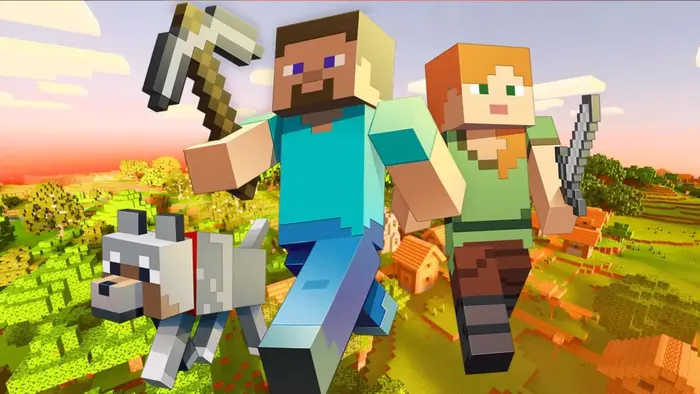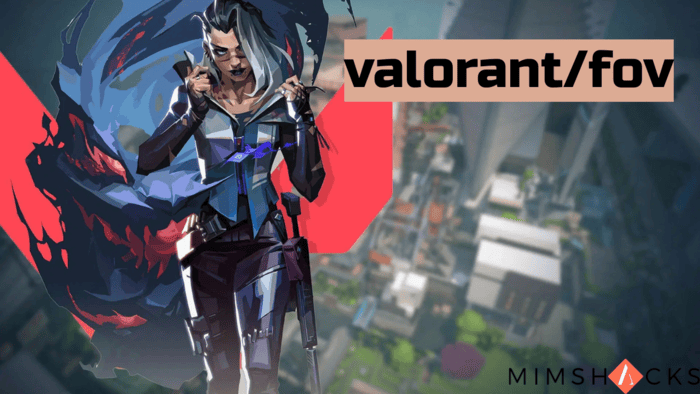What Are Sandbox Games?
A sandbox game allows players to explore, create, and play without strict rules.
It occurs in an open world where players can interact with the environment, change it, and find different ways to complete tasks.
These games often allow creativity and unexpected experiences.
Hello, virtual builders and adventurers! Today, we’re talking about a game genre that lets you shape your own experience: Sandbox games.
If you’ve ever wanted to create a world, cause chaos for fun, or explore without limits, you’ve already stepped into the sandbox world. Let’s see what makes these games unique!

What Is a Sandbox Game?
A sandbox game is a video game that focuses on creativity and freedom. Instead of following a set path, players enter a world where they can do whatever they want.
These games usually have open environments with few restrictions and many ways to interact with the surroundings.
Imagine a real sandbox—you have space and tools, and it’s up to you to decide what to build, break, or explore. Want to follow the main story?
Go ahead. Do you prefer to spend hours creating a giant castle? That works, too!
Where the Term Comes From
The word “sandbox” in gaming comes from a child’s sandbox, a place for open play and creativity. In game design, it started becoming common in the late 1990s and early 2000s.
One of the first games labeled as a “sandbox” was Grand Theft Auto III in 2001.
Its open-world design lets players ignore the main story and freely explore or create chaos in the city, showcasing the sandbox concept.
As more games adopted this free-style approach, the term became widely used, describing games that gave players a high level of freedom.

Features of Sandbox Games
What defines a sandbox game? Here are some common traits:
- Open World: A large, explorable area with few movement restrictions.
- Non-Linear Gameplay: Players can follow the story or ignore it.
- Emergent Gameplay: Unexpected events happen based on player actions.
- Crafting or Building Systems: Players can modify the world or create items.
- Multiple Solutions: Different ways to complete tasks or solve problems.
- Minimal Guidance: The game does not constantly direct the player.
- Dynamic Environment: The world changes based on player interactions.
- Side Activities: Extra tasks or mini-games outside the main objective.
Well-Known Sandbox Games
Many classic games belong to this genre. Some of the most popular include:
- Minecraft: A game with almost endless creative possibilities.
- Grand Theft Auto Series: GTA V is primarily known for its vast, interactive world.
- The Elder Scrolls V: Skyrim: A fantasy world of exploration and adventure.
- Garry’s Mod: A physics-based sandbox allowing player-created game modes.
- Terraria: A 2D sandbox that mixes crafting, combat, and exploration.
- No Man’s Sky: A space exploration game with procedurally generated planets.
- Stardew Valley: A farming game with RPG elements and pixel art visuals.
- Kerbal Space Program: A spaceflight simulation where players design and launch rockets.

Related Gaming Terms
While playing sandbox games, you may come across these terms:
- Open World: Sometimes used as a synonym, though not all open-world games are sandboxes.
- Procedural Generation: A method used to create large, unique game environments.
- Emergent Gameplay: Unplanned situations that arise from simple mechanics.
- Mod Support: Allows players to change the game by adding content or features.
- Survival Mechanics: Some sandbox games include survival challenges.
- Crafting System: Players can create items or structures.
- Physics Engine: Governs how objects behave and interact in the game.
- Voxel Graphics: Some games use a method that allows players to destroy environments.
Sandbox games give players the freedom to shape their own experiences. Whether you’re crafting in Minecraft or causing mayhem in GTA, the possibilities are endless.
Creativity is the only absolute limit in these games—unless your computer struggles to keep up!






